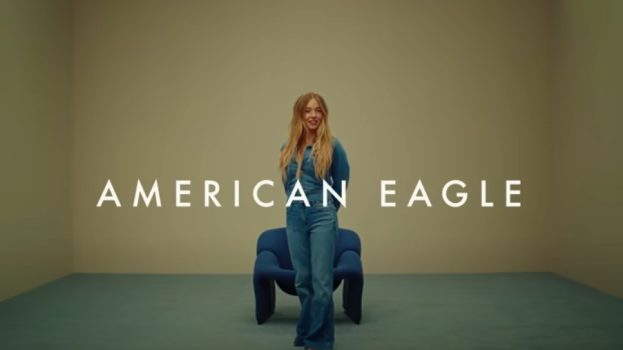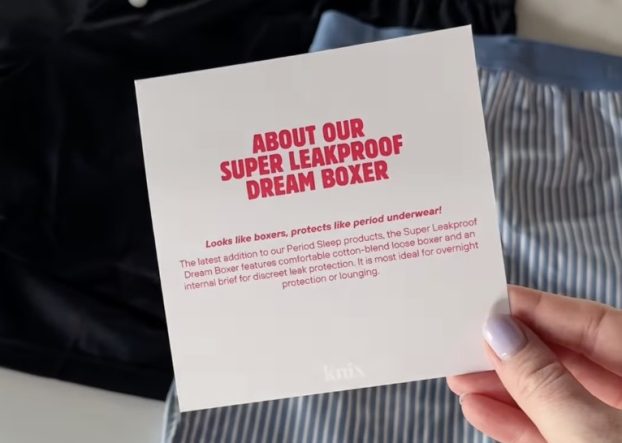Bob Meyers is in his 70s and he lives in the town of Sooke, on the west coast of Vancouver Island. He has spent his life creating beautiful things for people and his comfortable lifestyle is evidence of his talent and success at doing so. He has played in many symphonies around the world and still plays in chamber orchestras up and down the west coast of the US and Canada. He is also a painter of some renown. And he’s worried about the health of symphonies in Canada.
He’s not the only one who’s worried. Advertisers are watching developments with concern as well because high arts is an advertising medium. Venues are titled, events are sponsored, program guides sell ads; ticket stubs contain logos. Like any other medium, audience attention captured by high art is sold to the ad community. And historically the high-arts audience has been attractive indeed.
This upper echelon slice of the entertainment pie contains ballet, opera, museums, art galleries and symphony whose attendees are generally older, richer and smarter than the average joe – a perfect audience for those advertisers hawking RRSPs, credit cards, fancy autos, luxury condos and such.
But the image of the high-arts medium has been taking a beating and advertisers don’t like media vehicles that get bad press.
Robert Everett-Green, music critic for the Globe and Mail, wrote an article on Nov. 2 entitled ‘Art Crisis Encore’ which focused on problems plaguing the Toronto Symphony Orchestra. Kate Taylor, in a recent Artistic License piece (Globe and Mail) wrote of the decline in popularity of many high-arts forms in Canada. And Toronto’s never-ending search for an opera house has produced an apartment/condo complex at Bay and Wellesley and little else.
To put some hard facts on the table, attendance levels reported between PMB ’97 and PMB ’01 shows the ballet has stubbed its toe by 30% and the opera is off key by 27%.
The classics crowd is like a high-arts version of your typical sports junkie. They watch arts-related TV, listen to classical music radio stations and frequently attend the ballet, live theatre, museums, classical musical concerts and the opera.
But their ranks are shrinking. In 1997 (PMB ’98) they represented over 6% of the population in Canada. Today the classics crowd represents only 4% of Canadians. Their numbers have declined by 28% over the last three years while the population of the country has grown. Death is not the cause of the decline in numbers. People are changing their behavior.
There has been no shortage of published explanations as to why cobwebs grace the temples of high art. Some suggest short-term and misguided government policy and funding are to blame.
Or perhaps it’s the blurring of distinction between high art (ballet) and low art (modern dance) that is causing fragmentation leading to attendance declines. Or perhaps the loss of tobacco support is killing the arts.
Poorly designed venues can’t help. The acoustically challenged Roy Thomson Hall kills the music lovers experience while Frank Gehry’s Guggenheim in Bilbao, Spain proves that a brilliant building can breath new life into a high-arts institution.
Bob Meyers thinks arts attendance is cyclical – rising when times are tough, falling when times are good – and looks forward to improved attendance as we move through today’s economic downturn.
Paul DiMaggio, an American sociologist currently teaching at Princeton University, suggests that core patronage of the high arts has been motivated by the desire for social ‘halos’. The high arts have offered a handy, efficient way for the upper social class to keep itself above and beyond the norm.
But if the social norm begins to lose respect for that halo, then the desire to own the halo diminishes. Perhaps today’s wealthy patrons are looking for other, more desirable, badges of distinction, like a seat in the House of Lords.
Lots of opinions but very little in the way of solid answers or concrete courses of action here.
Perhaps the high-arts community could borrow a solution to their problems from their downscale media brethren. When the plebian media have problems with declining TV audiences or falling readership or dropping tuning levels, they follow a simple two-step process.
Step one: Find out what their audience wants.
Step two: Give it to them.
Maybe the high-arts medium simply needs to go slumming, realize they are a medium like most others, and talk to their people.
Rob Young (ryoung@hypn.com) is founding partner and SVP, planning and research, at Toronto-based media planning and buying operation Harrison, Young, Pesonen and Newell.






















